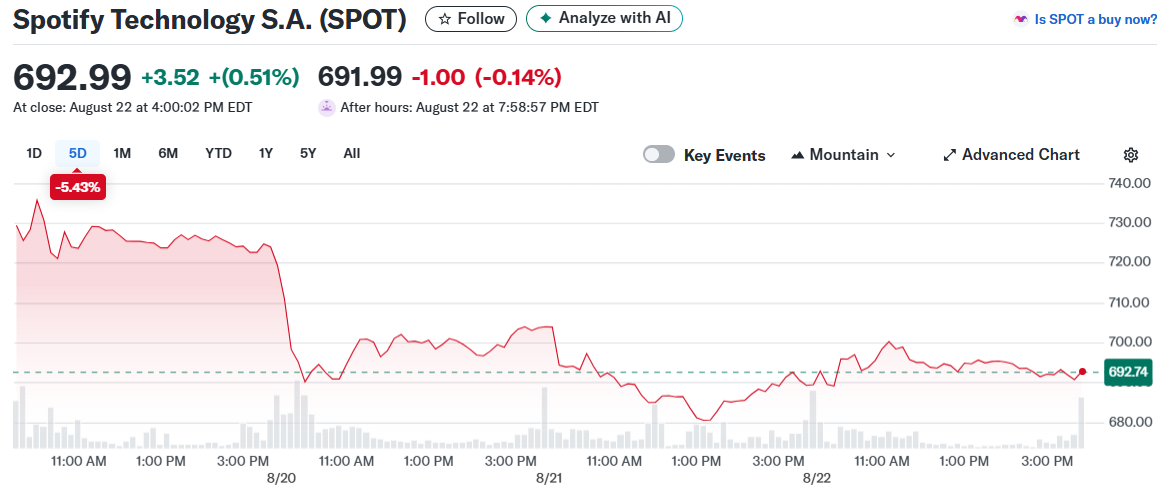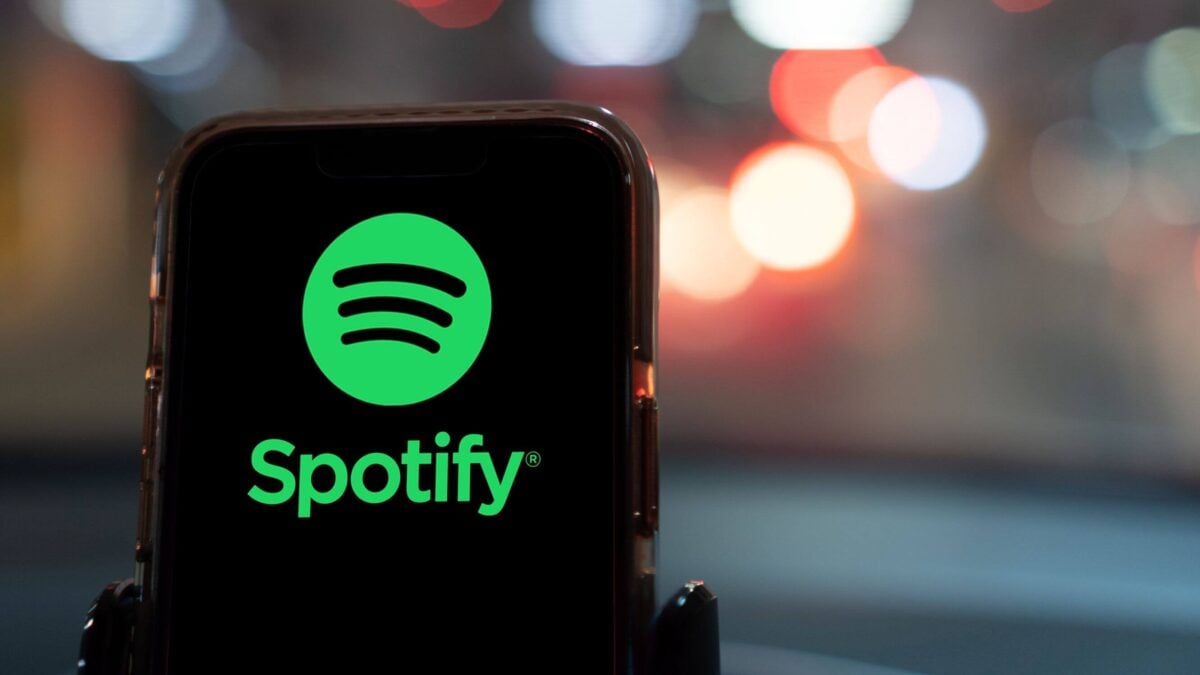TLDR
- Spotify (SPOT) plans to raise subscription prices while launching new services and features
- Co-President Alex Norstrom says price increases are part of company’s “business toolbox”
- Premium individual subscriptions already increased to €11.99 from €10.99 in multiple regions starting September
- Company targets reaching 1 billion users as part of growth strategy
- Price hikes and cost-cutting helped Spotify achieve first annual profit last year
Spotify is preparing to raise subscription prices again as the music streaming company invests in new features and chases an ambitious target of 1 billion users. Co-President and Chief Business Officer Alex Norstrom outlined the strategy in a recent Financial Times interview.
The price increases will come alongside planned new services and features for subscribers. Norstrom described pricing adjustments as part of Spotify’s standard “business toolbox” that the company deploys when it makes strategic sense.

The timing follows recent price hikes already implemented by the Swedish streaming giant. In August, Spotify announced monthly premium individual subscription increases across multiple markets starting in September.
These markets include South Asia, the Middle East, Africa, Europe, Latin America and the Asia-Pacific region. The premium individual plan price rose to €11.99 ($14.05) from the previous €10.99.
Strategic Expansion Plans
Spotify’s push toward 1 billion users represents a major growth target for the platform. The company currently serves hundreds of millions of users across its free and premium tiers worldwide.
The new services and features mentioned by Norstrom could play a key role in attracting and retaining subscribers. However, specific details about these upcoming offerings were not disclosed in the interview.
Price increases have become a regular strategy for streaming platforms looking to improve margins. Spotify joins competitors like Netflix and Disney+ in raising subscription costs to boost revenue per user.
The approach appears to be working for Spotify’s bottom line. The company achieved its first annual profit last year through a combination of price increases and cost-cutting measures.
Financial Performance Turnaround
Spotify’s path to profitability came after years of losses as the company invested heavily in content and technology. The streaming service had to balance growing its user base with improving financial performance.
Cost-cutting efforts included workforce reductions and operational streamlining across various departments. These measures helped offset the high costs of music licensing and content acquisition.
The profitability milestone marked a turning point for Spotify stock performance. Investors had long waited for the company to prove it could generate sustainable profits in the competitive streaming market.
Revenue growth from existing subscribers became crucial as user acquisition costs remained high. Price increases provided a direct way to boost per-user revenue without adding new customers.
Spotify’s subscription model relies on converting free users to paid tiers while keeping existing premium subscribers engaged. The balance between pricing and value proposition remains critical for long-term success.
The company competes not just with music streaming rivals but also podcasting platforms and other entertainment services. Maintaining competitive pricing while improving margins presents an ongoing challenge.
Norstrom’s comments suggest Spotify views pricing flexibility as essential for funding innovation and expansion. The company continues to invest in podcasting, audiobooks, and other content categories beyond music.
The 1 billion user target would represent massive growth from current subscriber levels. Achieving this goal will likely require continued expansion into new markets and demographics.
Spotify did not immediately respond to requests for comment about the specific timeline or regions for future price increases. The company typically announces pricing changes several weeks before implementation to give subscribers advance notice.


